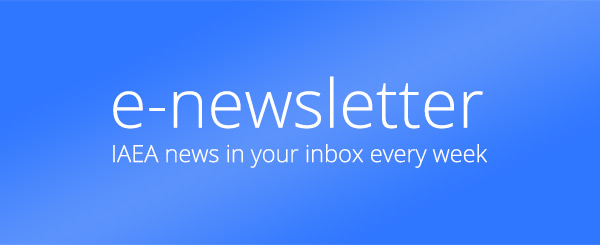A two-week regional training course on obtaining site data and developing numerical simulations to characterize and assess processes relevant to bentonite barriers and near-field interactions was held from 2-13 September 2013 under the TC regional project RER/9/103 "Training in Radioactive Waste Disposal Technologies in Underground Research Facilities". The course covered subjects such as how to obtain site data for further use in establishing model parameters and characterizing relevant engineered barrier processes and to develop numerical simulations to assess their evolution under repository conditions. The course was held at two separate sites to take advantage of the expertise in experimental methods and in-situ investigations of the Czech Technical University´s Centre of Experimental Geotechnics (CTU/CEG), and the Cardiff University´s Geoenvironmental Research Centre (GRC). The two host organisations are partners of the IAEA Underground Research Facilities Network and supported the successful delivery of the course.
The course was attended by 15 participants representing 14 countries who received state-of-the-art information on methods and techniques to characterize and model engineered barriers based on swelling clay.
The first part of the course focused on models and data needs, emphasizing certain components of the repository system, for which expected performance is established based on experimental data and corresponding modelling. The practical experiences during the first week demonstrated how to obtain laboratory data to infer swelling clay properties and covered topics such as buffer and backfill testing, rock mechanics, and the use of physical modelling to support the setup of large in-situ experiments. Constructing and assessing properties of compacted clay were a core part of the course, and hands-on activities in the Josef Underground Research Facility attached to the CTU were carried out. The experimental results obtained by the course participants during the first week were entered into a data base, for comparison and control at the end of the course.
The second part of the course focused on numerical simulation of coupled thermo-hydro-mechanical (THM) processes that typically govern engineered barrier and near-field evolution. The experimental parameters obtained during the first week were used to raise awareness of how data uncertainty in a distribution of parameter values provided by multiple measurements translates into modelling uncertainty. The challenge to incorporate fundamental parameters into coupled process models was emphasized because of the complex nature of these coupled processes in swelling clay. Recent results and progress achieved in incorporating geochemical processes into coupled modelling were presented.
The course programme also included theoretical aspects of performance assessment, coupled THM modelling, chemical processes, gas transfer modelling, and an introduction to the numerical code COMPASS (developed by the GRC) and used for the simulations. The underlying physics and chemistry of key processes and key concepts in developing corresponding theoretical models were addressed, as well as some theoretical background needed to understand the discretization of partial differential equations and the associated development of numerical models. The final part of the course was dedicated to practical exercises in conducting numerical simulations with the COMPASS code using measured parameter values.
The training course participants obtained information and knowledge concerning the safety functions and characteristics of bentonite which is being considered as part of an engineered barrier system in several geological repository programmes worldwide.







